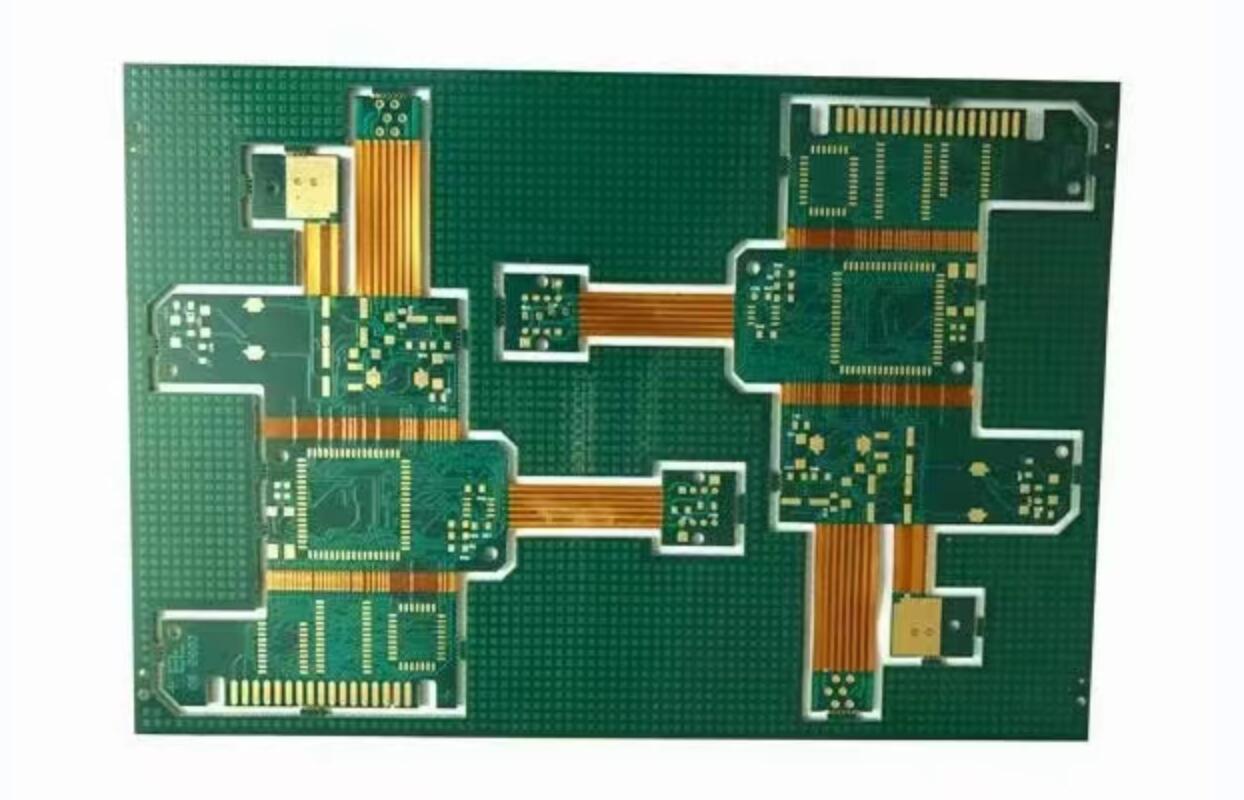Rigid-flex PCB impedance control circuit, we also called impedance bar, when the current to go through the circuit is greater than the maximum that the circuit can bear, it needs to use impedance to control the excess current, this is the principle of impedance control.
So how can Rigid-flex PCB control the value of impedance trace? Many aspects will affect the resistance value of the impedance trace, let's talk about it in detail.
Five factors affecting Rigid-flex PCB impedance control
1. Different substrates lead to different impedance values
The difference of base material is very big impact on Flex PCB, the resistance value of each material is different, and even the same material each part of the resistance value is not exactly the same, just like no two leaves in the world. The impedance traceon the impedance board is generally the use of good material stability of the substrate, if the use of poor stability of the material will lead to large changes in the material resistance value, once exceeds the required impedance value, it will not be able to use theimpedance traceto control the trace.

2. Trace width and Trace spacing
Differences in Trace width and spacing between impedance traces will lead to changes in the resistance value. The impedance traces are used as resistors, so the width of the circuit affects the resistance value. What is the relationship between absorbing Trace spacing? Magnetic field will be generated after Traces of current between PCB, and magnetic field can also generate current (generator principle, which is why shielding is required). At this time, current will change, indirectly leading to inaccurate impedance control data.
3. Different material thickness leads to impedance changes
This reason has a lot in common with the above material reasons.
4. Plated copper tolerances
The impact of this depends on the production process. Some production processes have no effect on impedance due to electroplating before etching. impedance trace will be impedance trace covered by copper plating, which will affect the variation of the impedance traces. However, the impedance traces will be impedance trace covered by copper plating during most PCB fabrication.
5. Etching tolerances can lead to impedance changes
Etching is a kind of electroplating solution on the circuit corrosion development, will have an effect on the thickness and width of the line, so that there is a return to the above mentioned content. Etching can only be kept within a range, or there are deviations, and these deviations are the cause of resistance changes.
Above is our collation of five factors affecting the impedance control of soft and hard combined plate, I hope to help you, if there is not clear, please contact us, we will have professional staff for you to answer.

